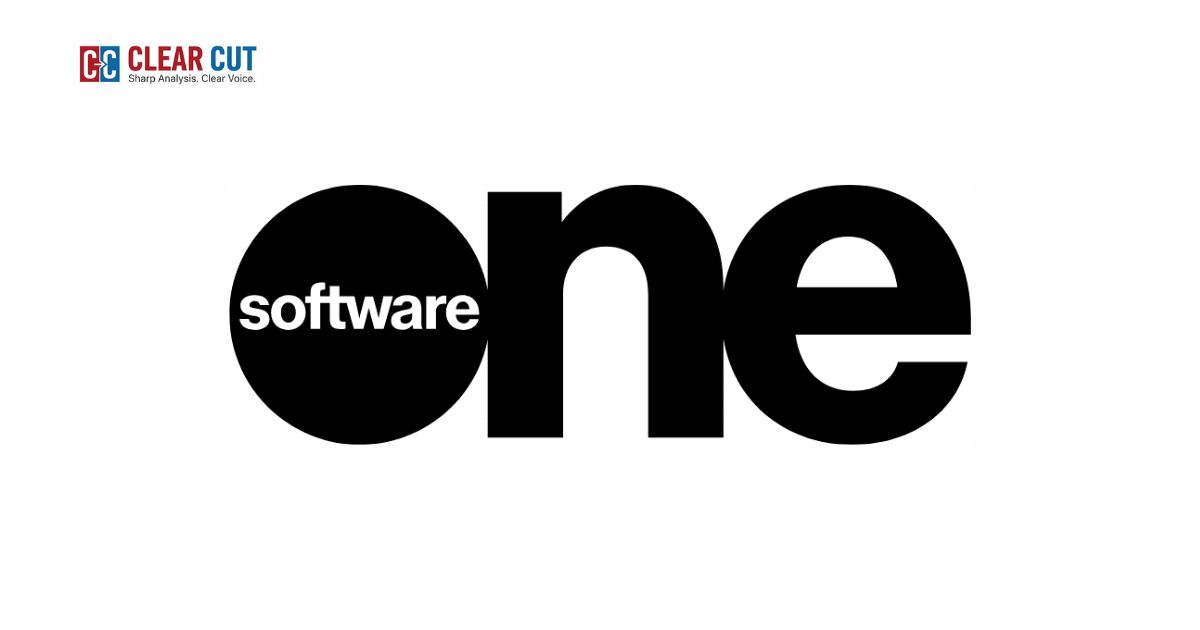Software One Logo| Photo Credit : softwareone.com
Clear Cut The Core Cut Desk
New Delhi, UPDATED: Sep 10, 2025 02:52 IST
Written By: Janmojaya Barik
In recent years, the role of Corporate Social Responsibility (CSR) has grown beyond traditional philanthropy and emerged as a structured effort to address systemic social challenges. Among these challenges, the digital divide remains one of the most pressing issues in India. Despite the country’s progress in digital infrastructure and connectivity, lakhs of children from underprivileged communities still lack access to modern educational tools, which makes it difficult for them to compete on equal terms with their urban and privileged counterparts. Recognizing this gap in the sector, the DigiSaksham CSR initiative by SoftwareOne to commemorate its 15-year milestone in India as a global provider of software and cloud technology solutions, in collaboration with Sapno ke Pankh—a Gurgaon-based not-for-profit organization—has been launched to empower children from marginalized sections with digital learning opportunities.
The Idea Behind DigiSaksham
The vision of DigiSaksham is simple yet powerful, which is to ensure that no child is left behind in the digital era. While government schools across rural and semi-urban India provide basic education, many lack the infrastructure needed for digital learning, which is the need of the hour. Computers, smart classrooms, and interactive e-learning platforms are always missing, which limited children’s exposure to 21st-century skills.
DigiSaksham addresses this gap by creating tech-enabled classrooms in communities that are underserved. These centers are equipped with digital classrooms, interactive whiteboards, computer workstations, and e-learning modules aligned to their curriculum.
Technology with structured education is the initiative that states that it helps students not only learn their academic subjects more effectively but also gain the digital literacy required for employability in the future.
Why Digital Access Matters
The importance of digital access in education has become even more evident since the COVID-19 pandemic. When schools shifted to online platforms, students from privileged households continued their studies through laptops and broadband, while children from rural and economically weaker backgrounds were forced to pause their education. This learning gap has long-term implications, as they may never be able to bridge this gap ever.
By launching DigiSaksham, the organizations aim to prevent such problems from ever recurring.
The initiative can help in
• Enhancing Learning Outcomes: With interactive and engaging e-learning portals, students can grasp the concepts faster.
• Promote Digital Literacy: Early exposure to computers and smart tools equips children with skills essential in today’s job market.
• Bridge Social Inequality: By providing equal access to technology, the program levels the playing field for marginalized students.
Implementation and Reach
DigiSaksham should not only be about installing devices and should focus on holistic implementation. Teachers will be trained to effectively use digital tools to ensure that technology complements classroom teaching rather than replacing it completely to no avail. The program is also a community-driven initiative that encourages the parents and the schools to take ownership of the facilities for their responsible operations.
The learning spaces are designed to last a very long time and be scalable. With partnerships between corporates, NGOs, and educational experts, DigiSaksham can be replicated in multiple regions without losing quality. Each center should also be monitored for performance metrics such as student attendance, academic improvement, and digital competency levels, as the technology is readily available now.
CSR’s Expanding Role in Development Infrastructure
DigiSaksham represents a broader shift in CSR from charity-based interventions to new forms of initiatives primarily focusing on infrastructure for development. Earlier, the CSR in education often revolved around funding scholarships, distributing books, or renovating classrooms, and while these efforts are important, they did not always address infrastructural barriers such as the lack of access to technology.
It’s important for corporates to increasingly align their CSR strategies with Sustainable Development Goals (SDGs), primarily on –
– SDG 4: Quality Education
– SDG 10: Reduced Inequalities.
DigiSaksham fits perfectly within this framework by providing social responsibility as a base for long-term impact.
Broader Impacts of the Initiative
The benefits of DigiSaksham extend beyond individual students. Communities are confident when their children can access modern facilities, and local schools become more attractive for enrollment. This has the potential to reduce dropout rates and encourage parents in rural areas to prioritize education. Moreover, the digital skills imparted prepare students not just for higher education but also for future careers in an increasingly technology-driven economy.


